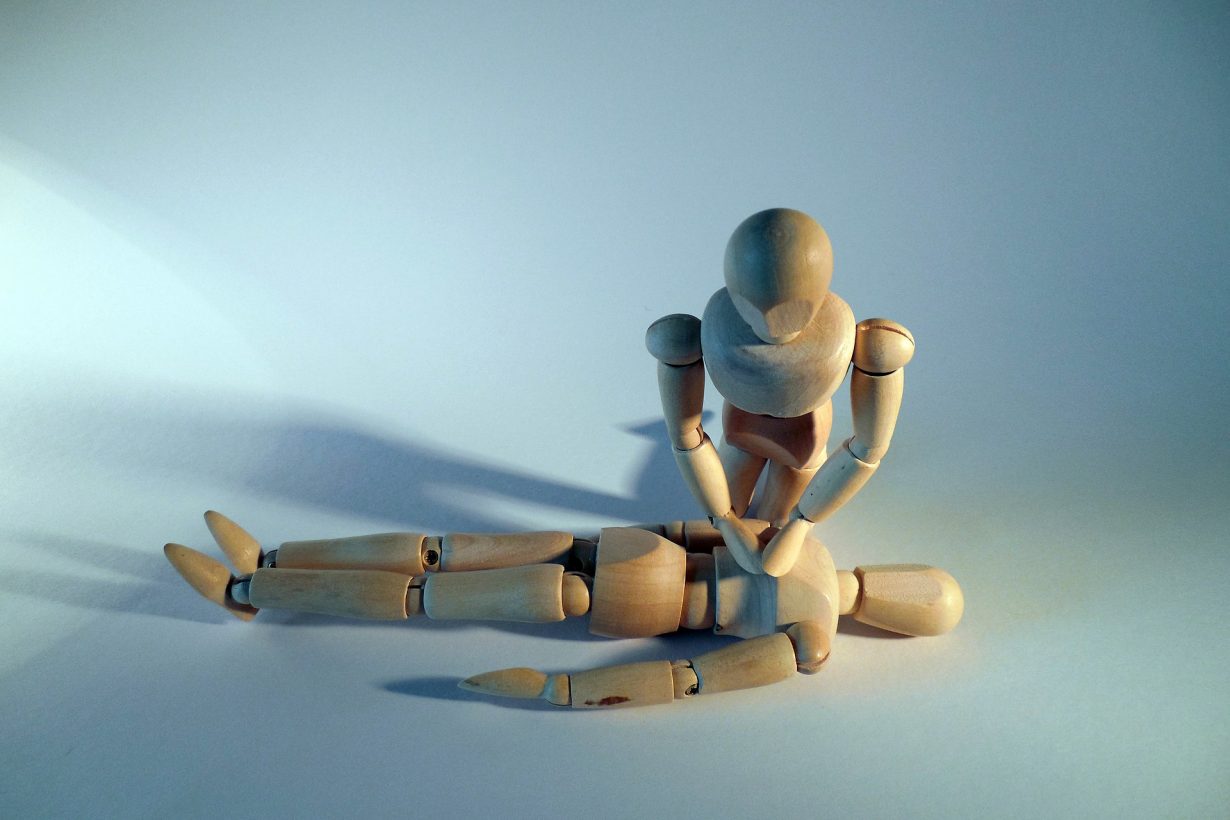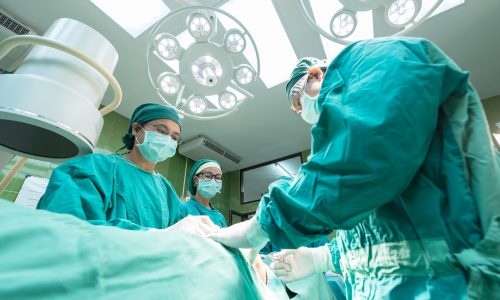
Doctors Bring Dead Donor Heart Back to Life in US First
Sally Robertson, B.Sc. via News Medical-Net – A heart transplant team at Duke University, North Carolina, has become the first in the US to reanimate the heart of a deceased donor and transplant it into a recipient.
The process, known of as Donation after Circulatory Death (DCD), involves the use of an artificial circulatory mechanism that pumps warm, oxygenated blood through the heart while it is outside of the body. Once the organ is revived, it can be transplanted into a patient who is in need of a healthy heart.
In this case, the recipient was a military veteran who received the donated organ through the Mission act. The DCD transplant, which was performed on Sunday 1st December, was reportedly a success, and the patient is recovering well.
A Crucial Step in Reducing the Donor Organ Shortage
Experts are calling this a major and crucial step towards addressing the current shortage of donor organs.
Duke is one of five medical centers in the US that have been approved to carry out DCD heart transplantation as part of a new clinical trial to test the artificial circulatory device.
The cutting-edge practice uses a technique called warm perfusion to circulate blood, oxygen, and electrolytes through the disembodied heart, prompting it to beat again.
Previously, a heart would be harvested from a living donor who had been declared medically brain-dead. However, the heart tissue generally starts to deteriorate before a person has been declared dead due to the low levels of oxygen generated by the slowing heart. By the time a patient is confirmed dead, the heart is already too damaged to use for transplantation.
The DCD Procedure Was First Used in 2015
The DCD method was first used in a 2015 clinical trial conducted at the Royal Papworth Hospital in the UK.
According to doctor Jacob Niall Schroder, who performed the procedure at Duke University, a further 75 DCD transplants have been performed at the Royal Papworth since the trial four years ago.
“If Royal Papworth’s experience has shown us anything, this will decrease waitlist time, deaths on the waitlist, with excellent survival results. This is the first time in the US, which is a huge deal because transplant need and volume is so high.” (Jacob Niall Schroder, Surgical director of Duke’s Heart Transplant Program in the Department of Surgery)
“This is the donor pool actively expanding” Schroder says, “this is the donor pool actively expanding” and that DCD has the potential to broaden the donor pool by as much as 30%.
“Increasing the number of donated hearts would decrease the wait time and the number of deaths that occur while people are waiting. It’s important to conduct this clinical trial to determine whether those outcomes are realized,” he adds. “We are grateful for the courage and generosity of both the donors and recipients.”
To read the original article click here.






